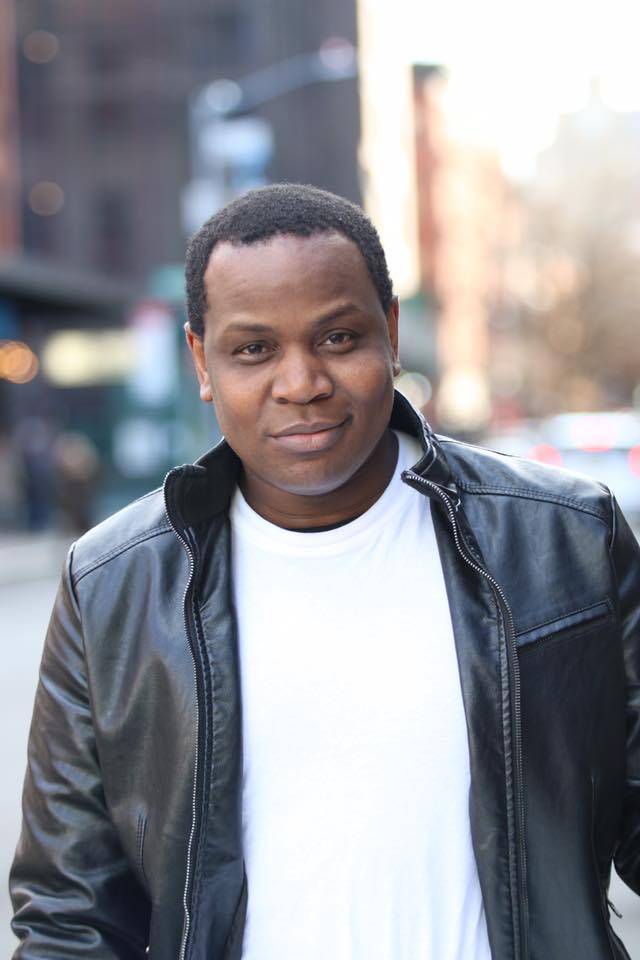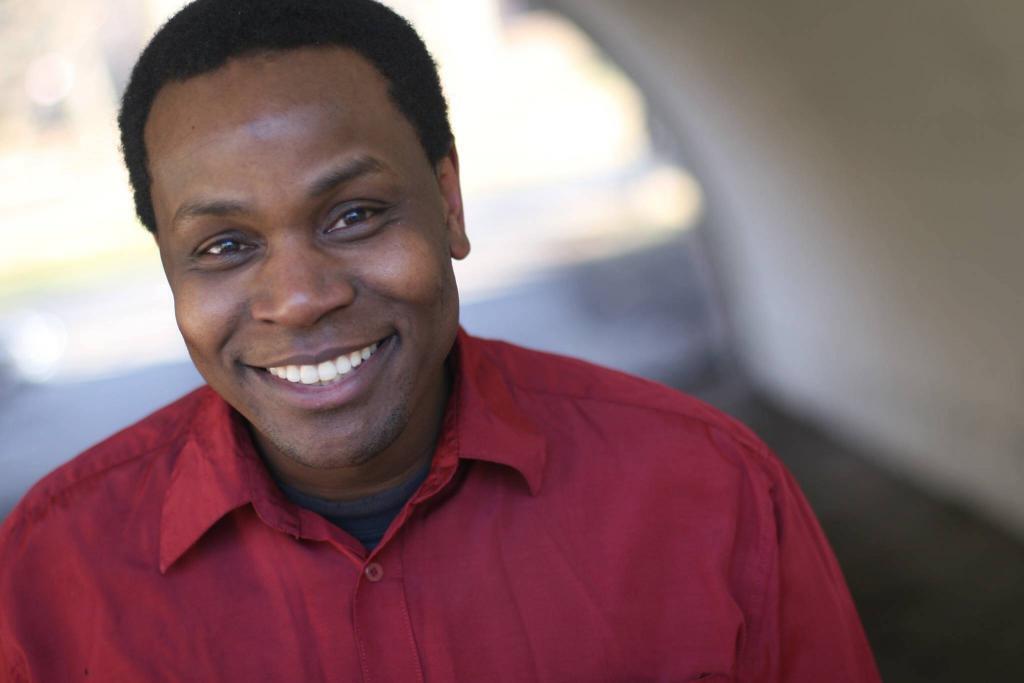The year 2020 will go down in jazz history as the one in which live music was silenced and dancing stood still worldwide. But it was also the year when—perhaps because of the extra space in our calendars—people of all colors and nationalities finally tuned into the voices of oppressed minorities. Black Lives Matter touched many aspects of life from politics to sports, and the jazz dance world was no exception. Organizations like Move Together (“dancing towards and inclusive community and global social justice”) and Collective Voices for Change (“for a better and more open jazz dance community”) sprung up online, hosting virtual conferences for six thousand supporters.
It became clear many African American jazz fans felt that music and dance scenes birthed by their forebears no longer welcome them. It’s easy to empathize, but tricky for white people—who make up the majority of Lindy hop, balboa, shag, and blues dancers worldwide—to understand the issues, as heated debates on these platforms testify. Sentiments like “maybe Black people aren’t that interested in swing dance,” or “we already have rules against discrimination” betray a naivety of subtle pressures which might nudge non-white folks away from a scene which claims to put Black American culture on a pedestal.
It’s likewise easy to feel sorry for people fed up explaining themselves to every skeptical white dancer who cares to ask what is wrong with the scene—a double whammy of exclusion and incredulity must be an infuriating experience. As campaigners have been at pains to point out, the emotional labor of explaining racism should not be borne by Black people. So where does a white dancer begin educating themselves about Black American experiences of twenty-first century jazz dance?

There are myriad books and blogs to take in, enough to make the task feel Herculean. Fortunately, Odysseus Bailer is not yet tired of fielding questions on the topic from fledgling allies—in fact, he’s making a career of it.
The dance instructor and lecturer in African American cultural history has been part of the swing and blues scenes for two decades, in which has taught and spoken around the world. “I’ve been teaching and DJing for about ten years, lecturing for about five,” he told me. “I’ve seen a lot of the stuff I’m railing against at its full, unabated strength.”
Even this is apt to make a white dancer defensive. What stuff? I’ve never heard anyone make a racialized remark at a dance event, never seen a Black dancer marginalized. When I see a new face at an event—Black, white or otherwise—I welcome them with open arms (literally, because dancers are tactile like that). But this sidesteps the point that new Black faces are still rare in jazz dance (certainly in Europe and so too, apparently, in the US).
The problem might be self-sustaining. “There always comes a time for a person of color when we walk into an event, stop and have that moment of, ‘There’s very few Black people doing this dance,’” said Odysseus. [He also emphasized that his views were his alone, and that he does not speak for all African Americans or all Black people in the jazz dance scene.] He patiently explained, on a video call from his home in New York City, that the issue is less one of individuals than it is of organizations, even philosophies.
The dances of 1930s Harlem now have millions of fans worldwide, but most aren’t doing them in a way many African Americans would find respectful, he said. “Most instructors are teaching jazz dance from a Eurocentric perspective, focusing more on learning moves and technique and trying to perfect it,” he explained. “But it’s about expressing yourself as an individual—not being perfect.” Even Black teachers fall into this trap, he added, as “they’ve inherited the mindset of [original Lindy hopper] Frankie Manning and his colleagues, who had to toe the line if they wanted to keep earning money.”
Odysseus said he has seen too many instructors and organizers “almost go out their way to be insensitive about the cultural history.” But focusing only on footwork strips the dance of its meaning: “No-one ever talks about the history, beyond [original touring troupe] Whitey’s Lindy Hoppers,” he said. “People often say that students are there to learn to dance, not get a history lesson. We hear that and think, ’You guys know this came from Black American culture, but you know nothing about it.’”
What most people fail to realize, Odysseus argued, is that jazz dancing now continues an historic trend of whitewashing. “When I started, I didn’t know anything about it either,” he said. “But when I asked why this is perceived by many as a white dance, I realized that the whole purpose [of Hollywood] was to promote whiteness over Blackness.” The result was a cinematic skew towards white players, other than “marquee musicians” like Louis or Ella, and white dancers, other than exhibition groups like WLH. “You have so many people who need to do the research and understand what Black people had to deal with at that time in American history,” said Odysseus, “because it makes the whole dance make much more sense.”

Slavery echoes through jazz dance, said Odysseus, though we may not realize it. “We have to remember that we only have any of this culture because slaves escaped, moved north with new identities and sang about what they had to go through in the South,” he explained. “So when teachers say, ‘Connect and listen to the music,’ most don’t understand that it was important for escaping slaves to listen to those who were helping them identify dangers along the way—it all comes back to the plantation. That’s what I mean, when I say you need to understand the culture.”
But while blues dancers have boned up [as I have previously written about], swing scenes have often pushed back. “I will always be scarred by early conversations I had about this,” said Odysseus.”I was one of few African American dancers talking about it and I got so much vitriol from so many people, both within and outside the US.”
The global jazz dance community has its roots not in 1930s Harlem but in a 1980s revival, he added, hence the cultural disconnect. The revivalists—mostly white—have conferred a sense of global ownership. “We’re told that now the dance belongs to everybody,” said Odysseus.
“Everyone is defending their own cultures while completely diminishing ours. And they don’t see the irony in that—it’s just mind-boggling.” Things will only improve—and jazz dance become more attractive to more Black people—when teachers, organizers and dancers stop acting as gatekeepers, he told me. “White people think they are curators of Black American culture and they’re not,” he said. “I don’t consider myself a gatekeeper of the culture—no-one is. If [Black Americans] don’t think ourselves gatekeepers, what gives you the right?”
He warned against putting too much store by the words of one or two people, like WLH—some of whom went on teaching and lecturing into the 2010s. Frankie Manning was famously apolitical, but Odysseus believes this grace masked the experiences of his contemporaries. “I felt it was an injustice for him to say it didn’t matter what your skin color was, only that you could dance. It gave white people the excuse to not listen to other Black people who are part of that circle,” he said. “But Frankie did not speak for all of Black America—nor did Norma Miller, Chas Young, or Chester Whitmore.”
Rather than seeking out convenient spokespeople, conscientious dancers should consult many and varied sources, he added. “I’m always saying, ‘Reach out to Black American dancers and talk to them.’ Watch more documentaries focusing on Black lives back then and how the music and dance played a role.”
Like others working for greater inclusivity in jazz dance, Odysseus has been “hammering all this into people over and over again.” But unlike some others—who are understandably tired of it—he doesn’t mind. “I feel that I’m honoring my ancestors by doing this,” he said. “That’s why I go around the world educating people. You can be bold behind a keyboard, but I’m happy to come to your country and let you know how it is.”
Odysseus moderates a Facebook group in which members discuss how to improve the global dance scene and share relevant resources. He’s also available to coach dancing and its cultural context worldwide, and can be reached at through his website.
Dave Doyle is a swing dancer, dance teacher, and journalist based in Gloucestershire, England. Write him at davedoylecomms@gmail.com. Find him on Twitter @DaveDoyleComms.






















